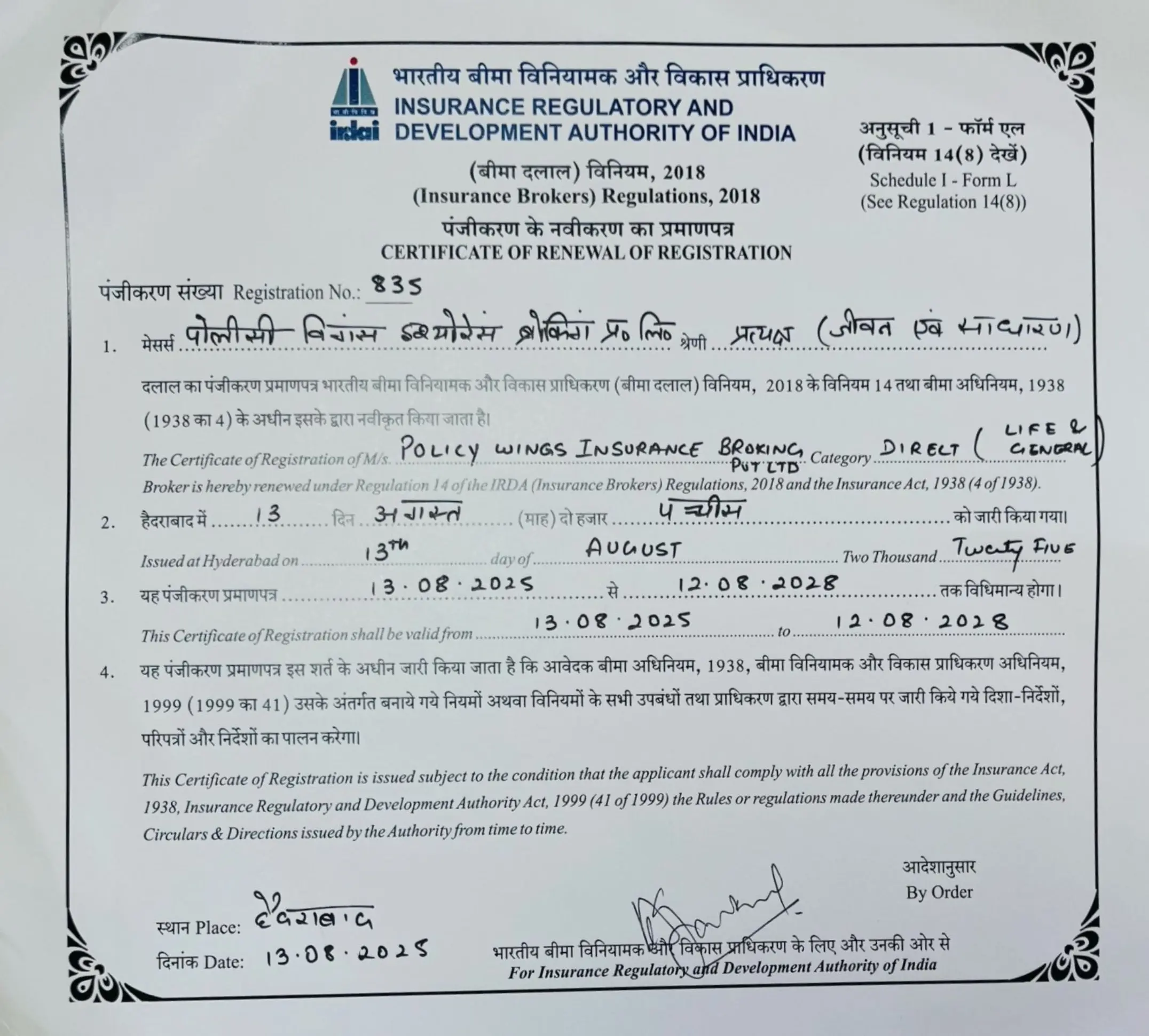Homepage » Other Insurances
Introducing Other Insurance- Protecting What Matters Most To You
Attention: Homeowners, Tech Enthusiasts, and Frequent Travelers
Unexpected situations always knock on the door unannounced and can create turmoil in your life. Are you prepared for the unexpected?
We understand the value of safeguarding your irreplaceable assets, whether they are your home, your digital presence, or your unforgettable travel memories. With Other Insurance, we’ve got you covered. So that you prepare in advance for all unexpected situations.
Scroll down to learn more about what’s there in other insurance.
What Does Other Insurance Include?
Other insurance includes plans that aren’t covered by the general insurance plans. If the general insurance plan doesn’t cover what you are looking for, then opt for other insurance.
Our other insurance policies include:

With home insurance, you can have peace of mind knowing that your beloved home is protected from unforeseen events, be they natural disasters or theft, home insurance is made to meet all your specific needs.

One of the downsides of a digital world is the cyber threat. You can safeguard your online presence with cyber insurance. This way, you can keep your sensitive information secure and protected from potential cyber-attacks.

Traveling all around the world is a dream for many. Travel insurance will provide you with all-inclusive coverage and give you financial protection against trip cancellations, medical emergencies, baggage loss, and more so that you can travel freely.

An Insurance Company That Cares For You!
At Policy Wings, we follow the AIDA principles – Attention, Interest, Desire, and Action. We grab your attention with our unique insurance solutions. We pique your interest by offering coverage for unique aspects of your life. We create a desire within you to protect what you hold dear. Finally, we encourage you to take action and choose Policy Wings as your insurance provider.
In case you are still thinking, some of the other benefits of choosing us are:
- You will get multiple quotes
- A tailored insurance design
- A dedicated helpline
- Online Insurance Portfolio View
- Timely surveyor appointment’
- Complete claim documentation
- Guaranteed data security
So, why wait? Take flight with Policy Wings and experience the peace of mind that comes with “Other” insurance coverage. Visit our home page now to explore our range of insurance options and discover why we are the best in the business. Trust Policy Wings for all your insurance needs, and soar above the rest!
Latest Blogs
Introduction While buying or renewing car insurance, you would surely come across two very common terms: Zero Depreciation and...
Introduction In India, getting insurance for your car is non-negotiable. With so many plans and so many add-ons available, it...
Introduction Everyone deserves healthcare but sadly, with the medical expenses rising so fast in India, not everyone can afford...
Introduction Do you think that buying life insurance means having to go through complicated policies and paperwork and paying...
Introduction You don’t buy a car insurance just fulfil a legal requirement. The repair costs have really increased, spare...
Introduction You can’t predict life but it’s always possible to secure the financial future of your family with life...
Introduction You have waited so long to finally purchase that car, saved for it and checked all those reviews....
Introduction Upon buying insurance, you will notice different short forms in your policy documents that might confuse you. One...









